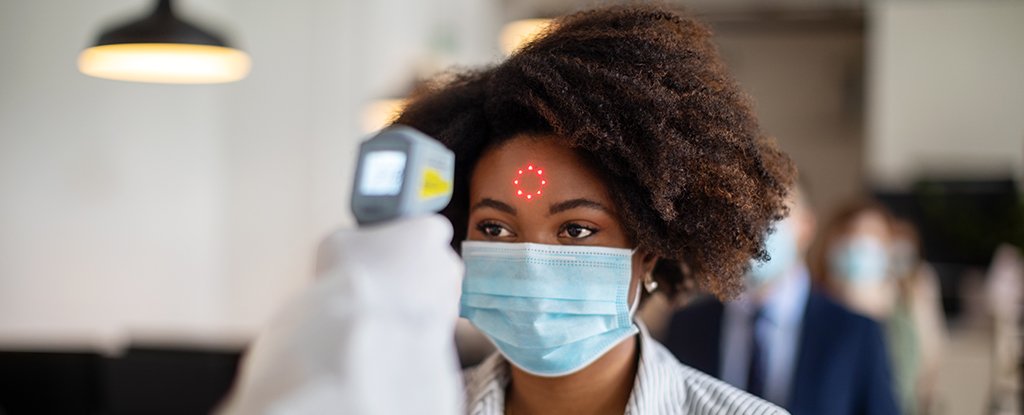When it comes to discovering the impact that the global pandemic has had on the human population, there is great uncertainty: how many people have been infected with SARS-CoV-2 without realizing it?
We know that the people who caught the coronavirus do not necessarily show any signs of this – about 40 percent of cases are considered asymptomatic – and this poses a question mark about the official numbers that have been collected so far.
To try to establish how many unreported infections we could have missed, the researchers analyzed the blood test results of 61,910 people who thought they had never contracted the virus, to see if any antibodies were related to fighting SARS-CoV-2, the virus that causes COVID-19 disease.
Across the sample, 4,094 people had antibodies related to a SARS-CoV-2 infection, about 6 or 7 individuals in every 100 people. Extrapolate that fraction to the entire population, and the U.S. may have about 16 million asymptomatic or undiagnosed cases by September 30, 2020, when blood tests were done.
Putting that number in another way: double the cases actually registered in the U.S. before October 2020.
“The count of officially reported cases can substantially underestimate the overall burden of infection in the United States,” write the researchers in their article. “Viral serological testing can provide a more accurate estimate of the cumulative prevalence of the disease.”
The team notes certain limitations in their work, including the fact that the participants reported their health status and the sample was “an unbalanced representation of the United States population by age, sex and place of residence”.
However, their results highlight the need to continue surveillance of the disease in the entire population, which makes sense, since the virus does not always reveal itself, even in people who have it. Another antibody study published last year showed that the presence of SARS-CoV-2 antibodies varies widely in US jurisdictions, ranging from less than 1 percent to 23 percent of the region’s population.
This variation occurs between age and gender groups, as well as geographic location, further complicating the task of trying to gain control over how many people have been affected with a SARS-CoV-2 infection.
Another question that could have a more definitive answer is how many antibodies are produced in asymptomatic cases. It is possible that in these people the body does not have to fight as hard to fight the virus and therefore produces less of the necessary antibodies – or at least loses them more quickly.
Having no symptoms of COVID-19 may be better for the person who actually has the virus, but it makes tracking and containing the coronavirus more difficult. Asymptomatic carriers can still transmit the virus, almost undetected.
“Understanding … the actual prevalence of antibodies in the community would be helpful in understanding the likelihood that we will continue to have outbreaks,” said infectious physician Sara Keller, of the Johns Hopkins University School of Medicine and not involved in the study. The Los Angeles Times.
Ultimately, the more data we have about this harmful coronavirus – from the number of cases to transmission rates – the better we can control it, and this latest study will help with that, as we seek to get life back to normal.
The research was published in Open JAMA network.
